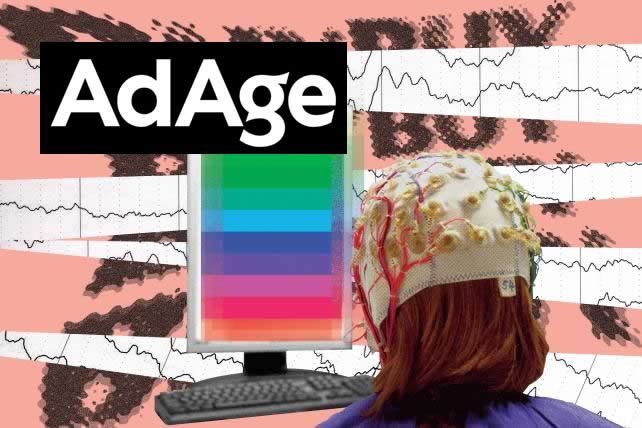AdAge: Neuromarketing More Than Snake Oil

AdAge, the most visible media outlet in the advertising industry, has cautiously endorsed consumer neuroscience with the headline, Time to Rethink Neuromarketing; It’s No Longer Just Snake Oil.
Jack Neff, author of the AdAge article, bases the more optimistic view of neuromarketing on multiple factors. He notes that Nielsen’s consumer neuroscience unit now has 16 labs globally, with five in the U.S. The research firm has also been willing to validate its neuromarketing studies against traditional surveys and sales data.
Another major positive for neuromarketing came from consumer product giant Mars:
[In 2017] Mars released a study of 110 TV ads showing that neuro research by MediaScience predicted sales impact from ads accurately 78 percent of the time, versus survey research predicting results only 58 percent of the time (which isn’t much better than guessing).
AdAge article declares, 'Time to Rethink #Neuromarketing; It's No Longer Just Snake Oil' #Neuroscience' Share on X
The article wasn’t universally positive for neuromarketers. Neff cites “lingering doubts” based on the small sample sizes used by many neuromarketing studies as well as the unwillingness of some service vendors to provide data that validates their techniques.
While it’s true that traditional survey techniques typically have more participants than neuromarketing studies, that doesn’t mean that smaller samples sizes are always problematic. According to Carl Marci, Nielsen’s Chief Neuroscientist, the sample size criticism isn’t justified if the results are shown to be statistically valid. Specifically, Marci says,
“Consumer neuroscience can achieve statistical significance with smaller samples because of the higher sample rates of most technologies and the ability to avoid the cognitive filters and bias inherent in self-report.”
Carl Marci of @Nielsen says consumer neuroscience tests can be valid with smaller sample sizes due to high sample rates and avoiding cognitive biases/filters. #Neuromarketing Share on X
Four years ago, I wrote a Forbes piece, Neuromarketing: Pseudoscience No More. It’s good to see that AdAge, a publication that was previously skeptical of consumer neuroscience, is acknowledging the techniques have at least some merit. Better late than never.
